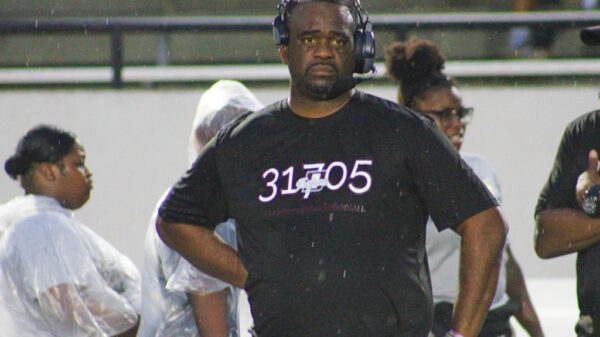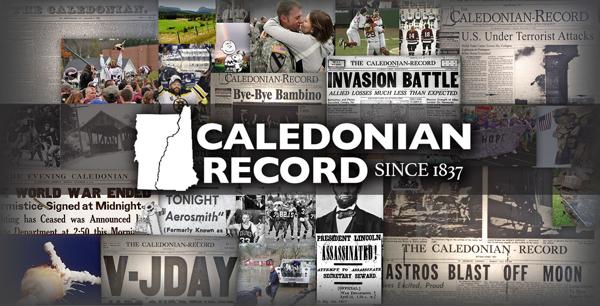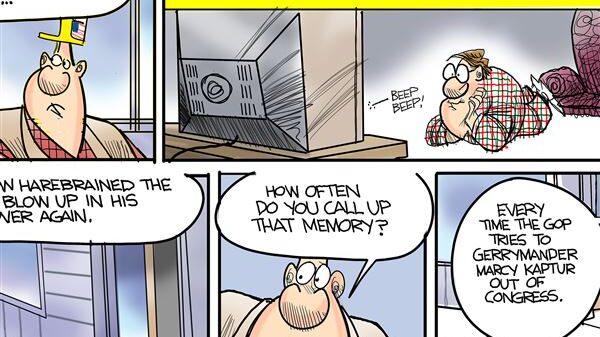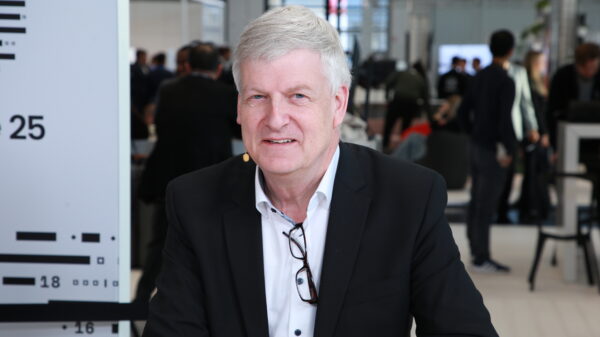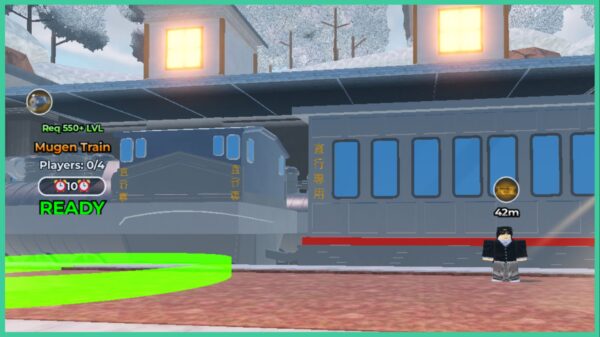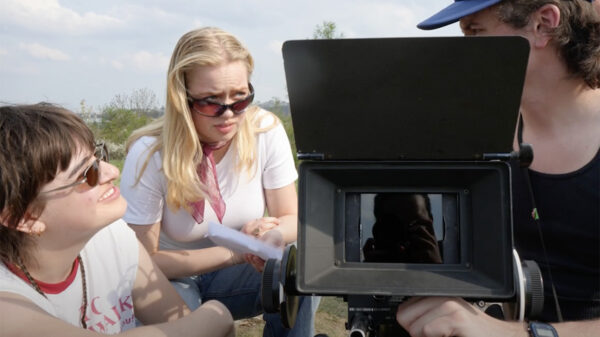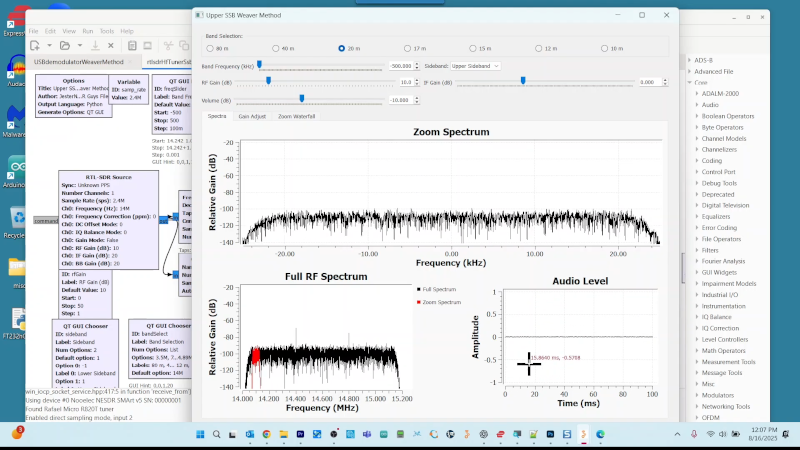An innovative project has emerged from the world of amateur radio, as Paul Maine successfully created a single sideband (SSB) receiver utilizing GNU Radio and an RTL-SDR dongle. His work, which he documented in a comprehensive video, provides an accessible guide for enthusiasts looking to explore this technology.
In the video, Maine explains how to generate SSB, breaking down complex concepts into manageable segments. For those who prefer written content, he draws inspiration from a blog post by Gary Schafer, which serves as a rich resource on the topic. While some mathematical concepts are involved, Maine presents them in an approachable manner, making the process less daunting for beginners.
Understanding the Basics of SSB
The fundamental principle behind SSB technology is straightforward: traditional amplitude modulation (AM) signals carry most of their power in the carrier wave, with a significant portion redundant in the sidebands. By stripping away the carrier and one of the sidebands, users can amplify only the remaining sideband. This technique leads to improved performance in signal transmission and reception, which is particularly valuable in amateur radio applications.
Maine’s enthusiasm for GNU Radio is evident throughout his project. The GNU Radio Companion software, while essentially a user-friendly interface for Python code, allows users to visualize and manipulate radio signals by arranging functional blocks. This design approach mimics traditional radio construction, making it intuitive for both seasoned and novice radio operators.
Testing and Experimentation
For those interested in experimenting with SSB without immediate access to a high-frequency (HF) antenna or an HF-capable software-defined radio (SDR), Maine has thoughtfully recorded some in-phase and quadrature (IQ) samples from the airwaves. These samples can be played back through the user’s design, providing an opportunity to test the setup and understand how SSB works in practice.
For newcomers to GNU Radio, starting with audio applications is a practical approach. Maine himself began his journey into this technology a decade ago with similar audio projects. The accessibility of these resources underscores the growing community of amateur radio enthusiasts eager to delve into the world of software-defined radio.
As technology continues to evolve, projects like Maine’s serve as a reminder of the creativity and resourcefulness inherent in the amateur radio community. His documented process not only contributes to the body of knowledge available to aspiring radio operators but also encourages further exploration and innovation in the field.



